1. Personalized Recruitment and Onboarding: Use AI-driven tools to create positive first impressions, make unbiased hiring decisions, and nurture engagement from day one.
2. Enhance Learning and Development: Leverage digital learning tools and AI to provide personalized growth opportunities, fostering higher engagement and retention rates.
3. Innovative Recognition Practices: Implement diverse and meaningful recognition strategies, such as experiential rewards, to cater to varied employee motivators and improve engagement.
4..Regular Feedback and Open Communication: Utilize new feedback tools to understand employee needs, enhance HR practices, and maintain high engagement levels through continuous dialogue.
Employee engagement has become the new yardstick of the HR team’s performance. The good news is that disruptive HR tech redefines HR from hiring to exit. Finally, technology is making significant strides in boosting employee engagement.

Gallup highlighted a notable improvement in three elements of employee engagement: (1) Learning (2) Recognition (3) Feedback.

In particular, startups are spawning new HR tech to help organizations move the needle on employee engagement.

What are those disruptive technologies? See The HR Tech Stack Engagement Guide: New Innovations Disrupting HR.
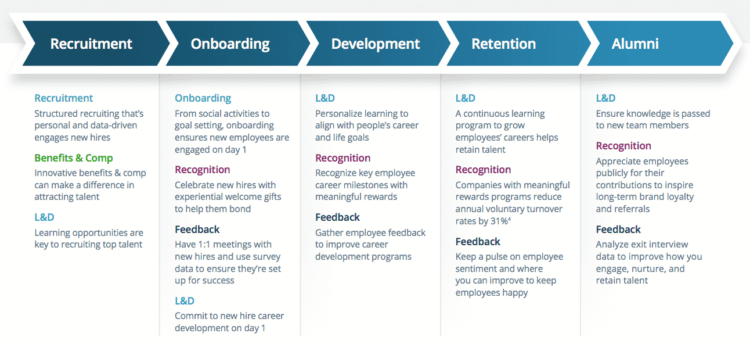
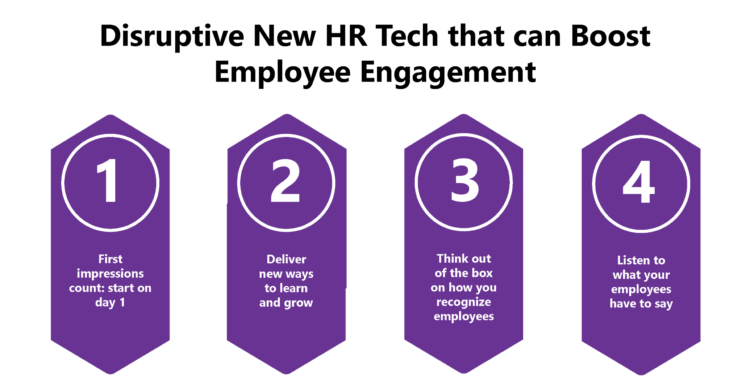
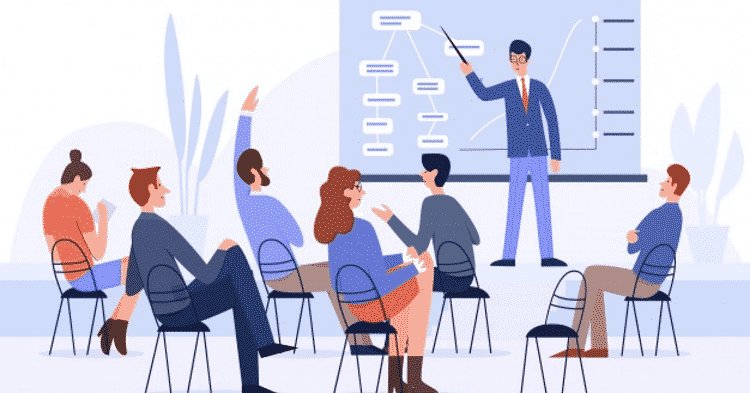
Nurture strong engagement at every touchpoint, from the recruitment touchpoint to the first day at work.
When companies have excellent recruitment practices, they experience a 300% revenue growth.
New personalized and AI-driven recruitment tools can help new hires make positive associations with your organization even before they join.
Structuring and aggregating feedback to review candidates removes the guesswork and ensures you make unbiased decisions.

Learning & development is one of the most effective strategies to boost engagement at your organization.
Studies by Bersin, Deloitte show that organizations with strong learning cultures result in 30-50% higher engagement and retention rates. 80% of employees feel learning new skills would make them feel more engaged.
New-age digital learning tools offer employees a consumer-like experience with recommendations and reviews, similar to Netflix or Amazon.
Machine learning and artificial intelligence can suggest what employees should learn next. Hence, it can create a more personalized learning experience throughout the employee lifecycle.
Learning and growth opportunities are significant drivers for today’s talent. Therefore, employees must see that you are committed to their skill development and career growth.
Throughout your employees’ lifecycle, offer continuous opportunities to learn and grow so people remain stimulated.
This means giving stretch assignments to encourage lateral and vertical growth while providing continuous learning opportunities.

Also, it’s well documented that recognizing your employees for their excellent work significantly boosts engagement.
According to Bersin by Deloitte, engagement scores improve by 14% when organizations implement meaningful rewards programs. What’re more companies with sophisticated recognition practices are 12x more likely to have strong business outcomes.
Recognize key employee career milestones throughout their lifecycle from day 1 to when they leave.
However, with four diverse generational segments in the workplace, a one-size-fits-most recognition strategy is no longer an option.
Consider your employees’ needs and motivators, and a platform that covers a wide selection of meaningful reward options.
Hence, invest in an employee recognition software platform that can measure the satisfaction of rewarded employees against your engagement goals.
Think outside the box when doling out rewards. Don’t just give them a gift card or a gift basket.
Also, consider giving experiential rewards like skydiving or cooking classes to make the recognition more special and memorable.
For example, welcoming new hires with experiential gifts such as urban food tours can help them bond better with the organization.
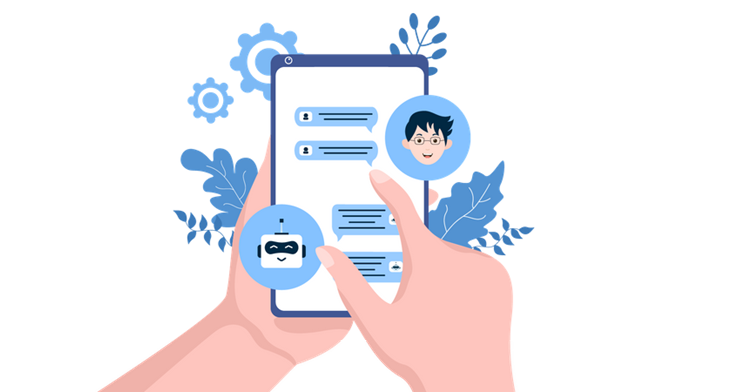
Open and honest communication between employees and management is crucial to high organizational engagement.
The HR needs to understand their employees just as marketing must understand their customers.
New on-demand employee feedback tools designed and supported by expert psychologists and data scientists allow you to uncover insights easily.
Understanding what your employees want can help you improve your HR practices and boost employee engagement.
Regular pulse surveys, as well as exit interviews, can provide rich data about your workplace culture.
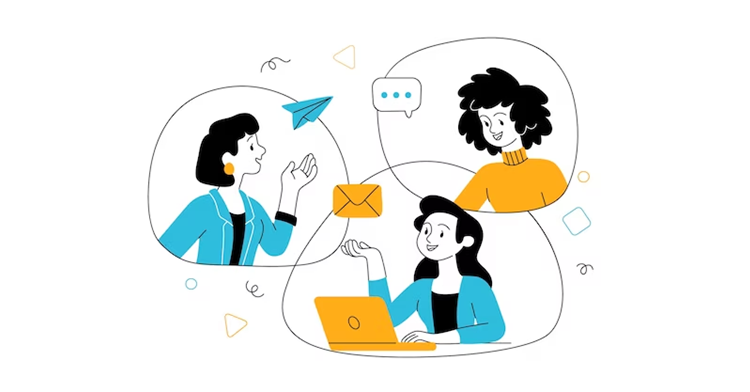
The HR tech industry is seeing a flood of innovative tools to help you boost engagement throughout the employee lifecycle.
Including recruitment & onboarding, compensation & benefits, learning & development, employee recognition, and employee feedback.

Lead author: Sagar Chaudhuri, the Co-Founder and CEO of HiFives. He is an HR Tech Evangelist with over 25 years of corporate and entrepreneurship experience. In the past, Sagar has worked in leadership roles with companies such as Genpact, Infosys, and ICICI Bank. He has an engineering degree from IIT Kharagpur and an MBA from IIM Lucknow. Connect on LinkedIn
To stay updated on the latest HiFives blogs, follow us on Twitter (@MyHiFives)